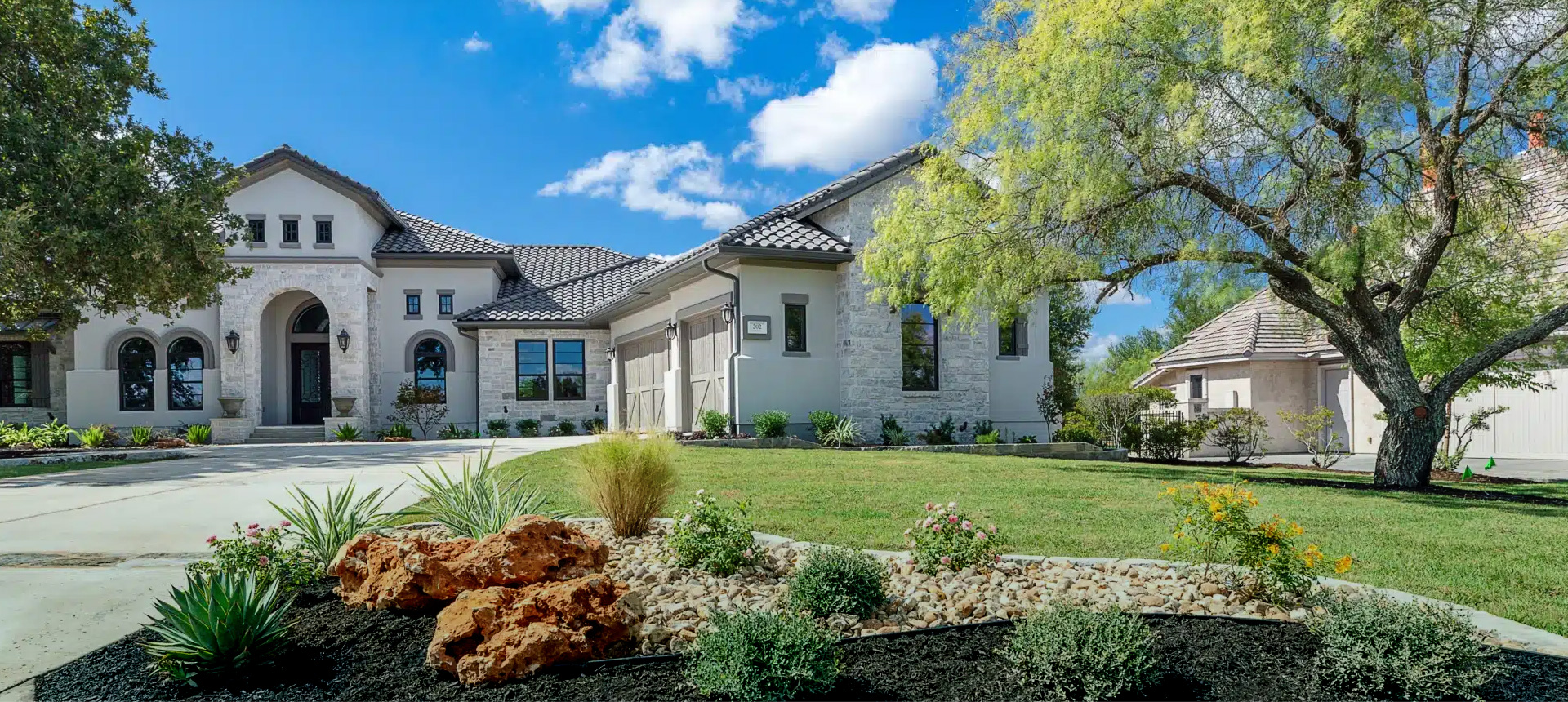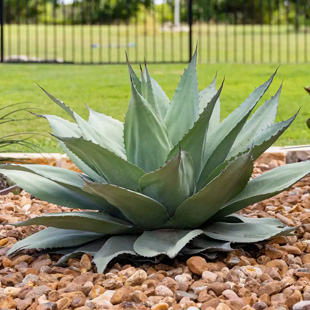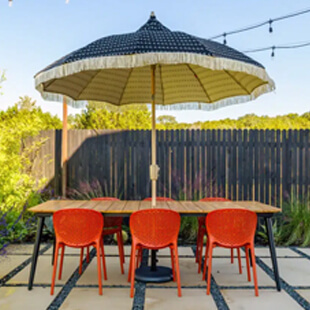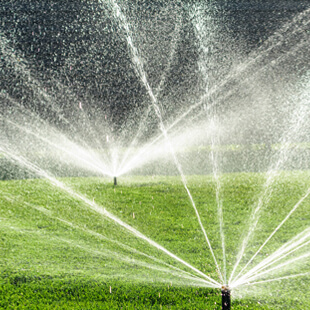Elevate Your Space with Best of Texas Landscapes

Transform Your Home or Business
with Award-Winning
Austin Landscaping & Irrigation Solutions
Best of Texas Landscapes is a premier Austin landscaping company that specializes in comprehensive landscape renovation, irrigation solutions and luxury outdoor living installations. As a family and veteran-owned business with deep roots in Texas since 2004, we possess a meticulous understanding of the local landscape, native plants, and the latest technology and trends. This expertise allows us to craft personalized and efficient landscaping solutions that elevate residential and commercial spaces. Our award-winning Austin, TX, landscape design team is complemented by trusted professional craftsmen and irrigation experts, ensuring every project is executed with exceptional quality and artistry. We invite homeowners and builders in the Austin area to discover why Best of Texas Landscapes is the trusted choice for transforming properties into breathtaking oases.
Our Services
Landscaping Design & Installation

Offering a full range of services tailored to meet residential and commercial landscaping needs, our Austin, TX landscapers are experts in designing innovative softscapes and hardscapes, including installation of lush native greenery, structural steelwork, artificial turf, and luxury outdoor living spaces. We ensure that every project enhances the beauty and functionality of your landscape. Our services extend to sophisticated Austin commercial landscaping solutions, including drainage systems, outdoor lighting, and more, all designed to transform any environment into a breathtaking retreat.
Outdoor Living Spaces

Transform your outdoor space into a stunning sanctuary for relaxation and entertainment with the help of our luxury outdoor living design team. Our outdoor living space services include luxury landscaping and custom design and construction of patios, walkways, fire pits, outdoor kitchens, pergolas, and other garden structures, all tailored to enhance the beauty and functionality of your outdoor areas. Whether you envision a tranquil garden, a cozy fireplace under the Texas stars, or a fully equipped outdoor kitchen, our team is committed to creating a welcoming retreat you can enjoy year-round.
Irrigation & Drainage Solutions

We provide tailored irrigation design, comprehensive drainage solutions, and expert residential and commercial sprinkler system installation and maintenance services designed to meet the unique needs of your landscape. Featuring advanced technologies like drip irrigation systems, smart sprinkler systems, and effective drainage management techniques, including French drains and retention ponds, our services enhance water efficiency and landscape health. Whether you're looking to install a new irrigation system, upgrade your drainage, or maintain and repair existing systems, our expert team guarantees sustainability, beauty, and functionality in every project.

Locations We Service
Austin, TX DMA
Additional Counties:
- Bastrop
- Bell
- Blanco
- Burnet
- Caldwell
- Comal
- Hays
- Llano
- Williamson
